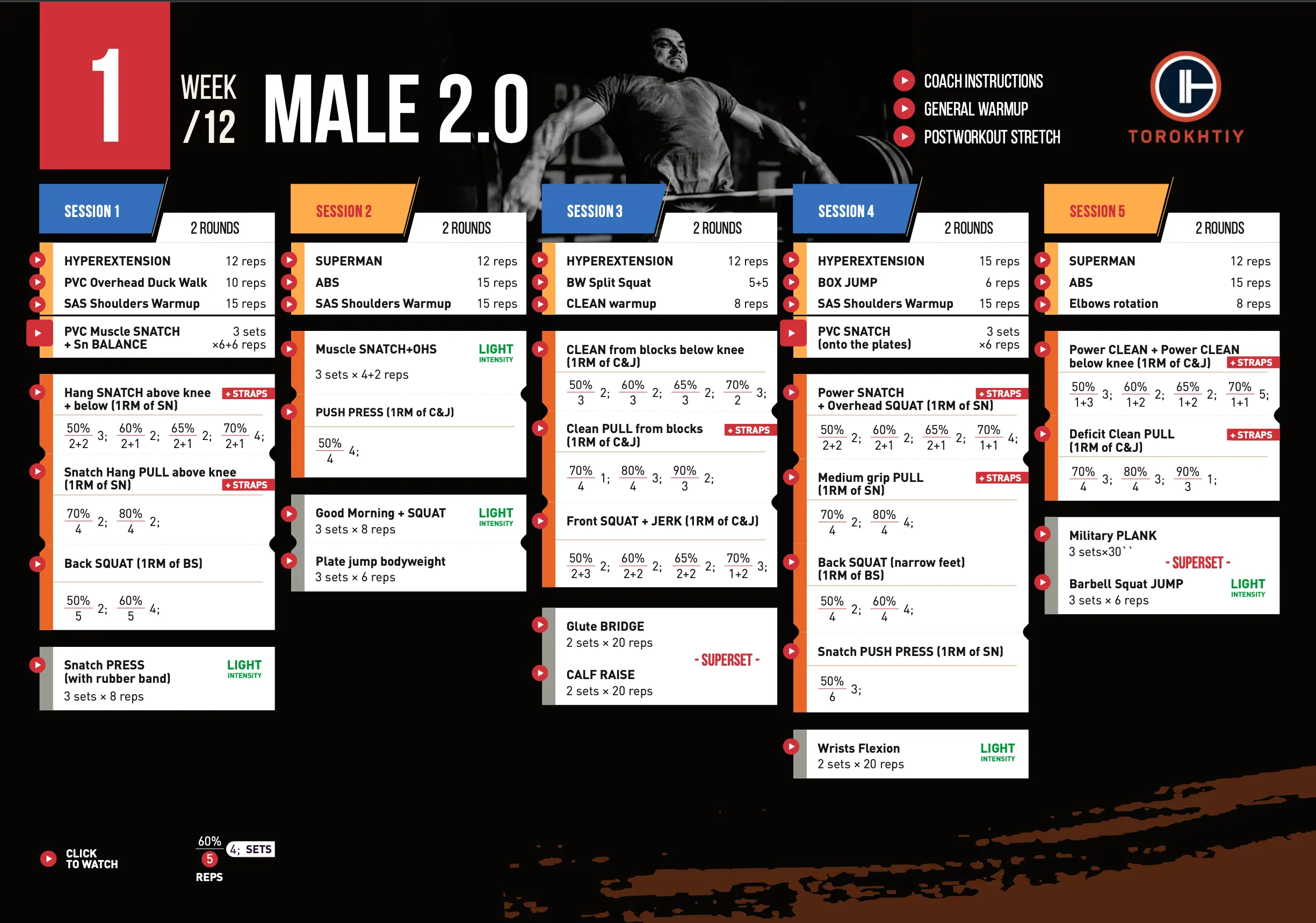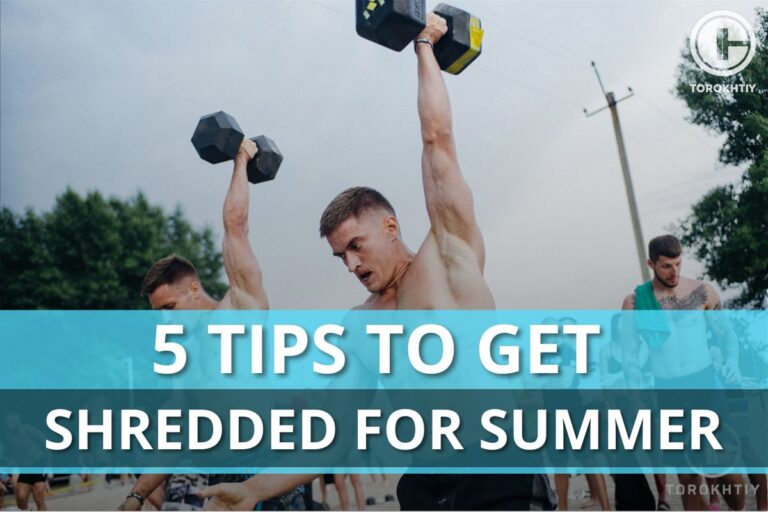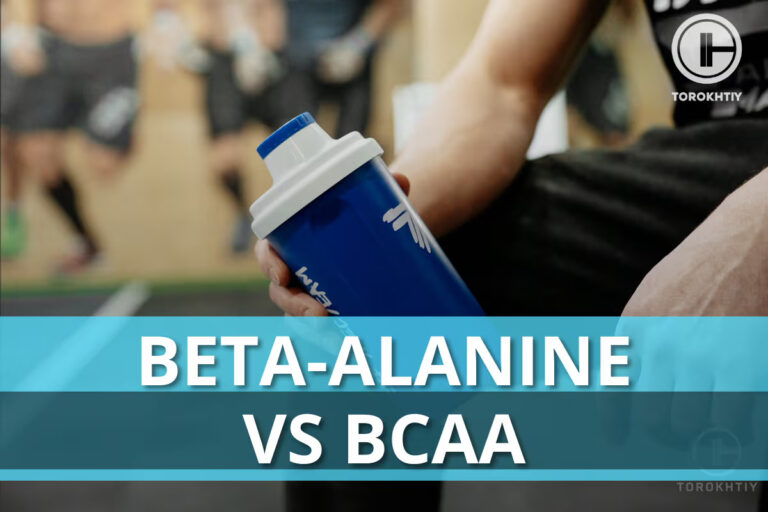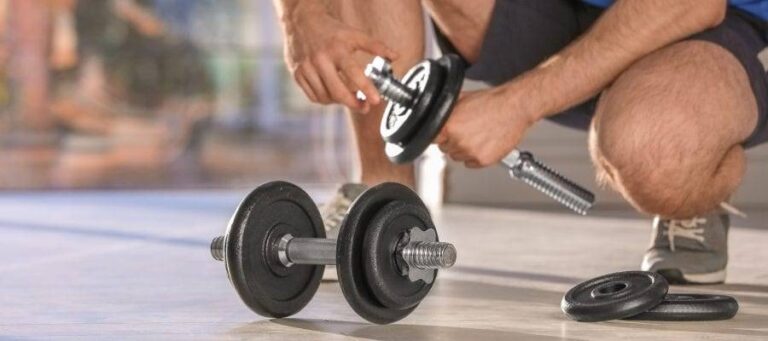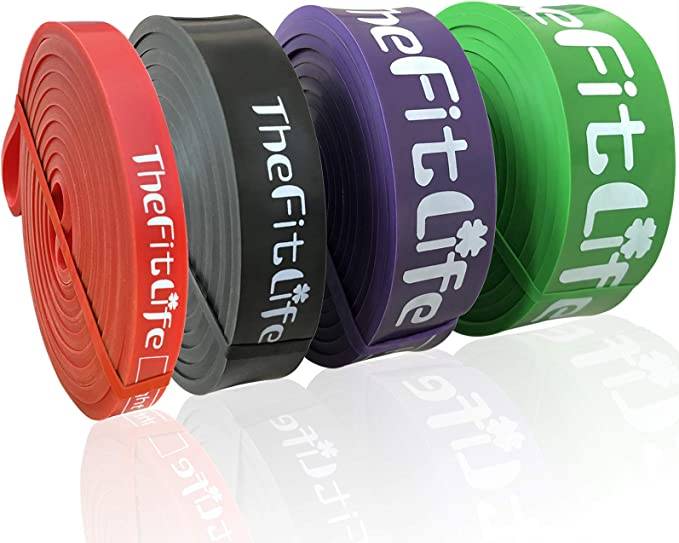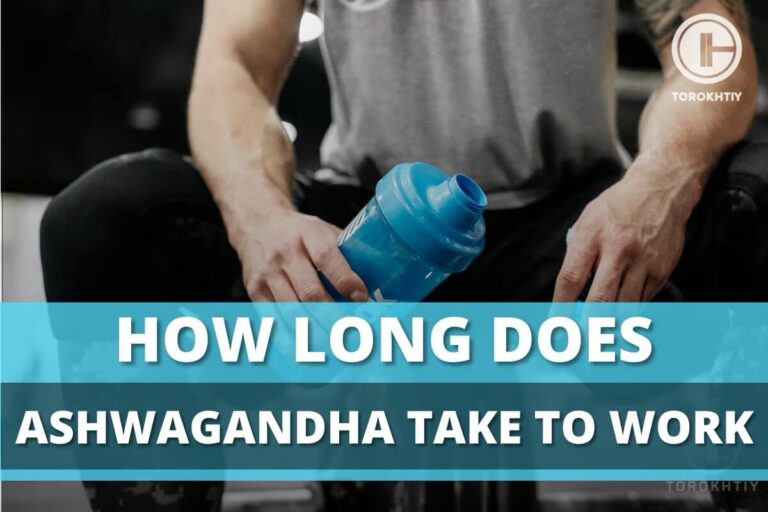How To Compete: Small Tips
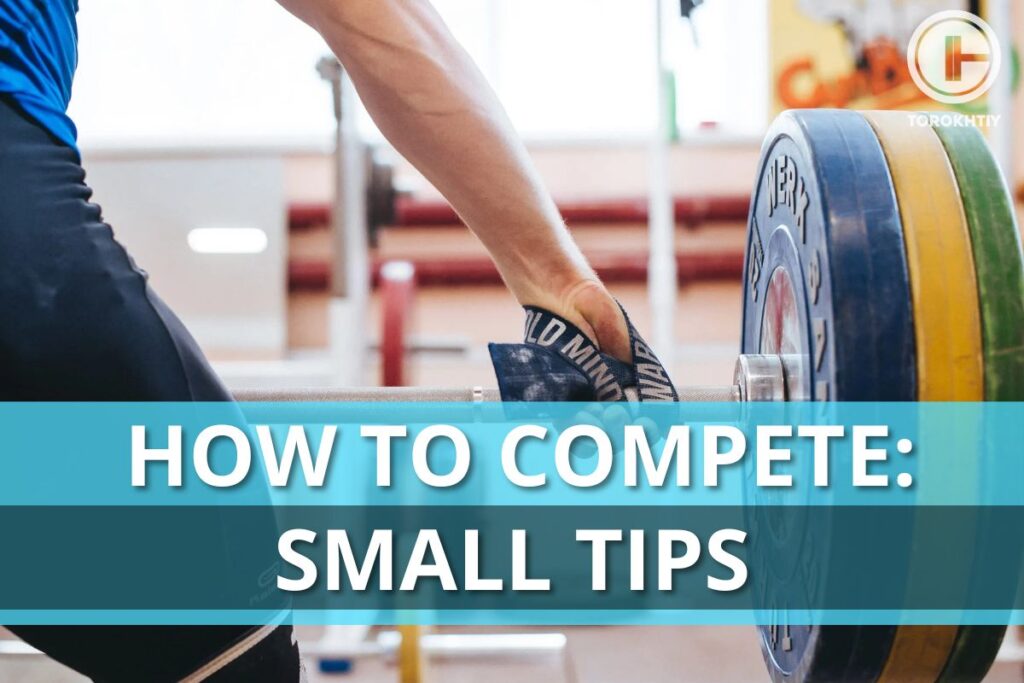
The World Championship 2017 Competition took place this year. For some, it was incredibly successful, for some – failure. Some athletes believed in themselves and learned to win, establishing a personal, national or world record. They won medals. For others who did not learn to trust in their abilities they found disappointment and traumas.
These are two sides of the same coin. There are several names for it: Sports, Competition and Weightlifting.
Being a professional weightlifter means training to compete and showing your results on the competition platform. Now, in the era of Internet, many athletes share their workout achievements by uploading videos and photos and social media comments. Seeing the techniques of others, and the big muscular physiques of athletes from different countries and schools makes each of us understandably envious. But, as my coach said, “Nobody needs gym records – only the result at the competitions is of value!”
Considering the fact that weightlifting is now gaining popularity and undergoing rapid evolution in every respect, and there are so many people starting their weightlifting careers and only dreaming about the big competitions, I want to remind everyone about some important things to remember.
For those who have never participated in competitions, you need to know that 2 hours before the competition is when they do the weighing, after which the athlete needs to eat, relax and focus on the performance. Of course, depending on the weight category, and whether an athlete wants to gain or lose weight, their diet will differ. Regardless of the circumstances I recommend a little protein (poultry, fish) and light carbohydrate food (for example, fruit). Remember that fatty or fried foods are what you want to avoid and won’t help your muscles during competitions.
Yes, it’s true that before the competition there may be emotion highs of excitement or fear, especially for beginners. This is perfectly normal. To be an athlete means being able to cope with your emotions, so that they won’t control you, but instead work for you.
Therefore, after weighing, and eating, in the time before the performance you can not rush from corner to corner in the warm-up hall. You need to relax and not burn off your energy. You should lie down, close your eyes and calm down – your emotions and your energy will be needed very soon, but not now.
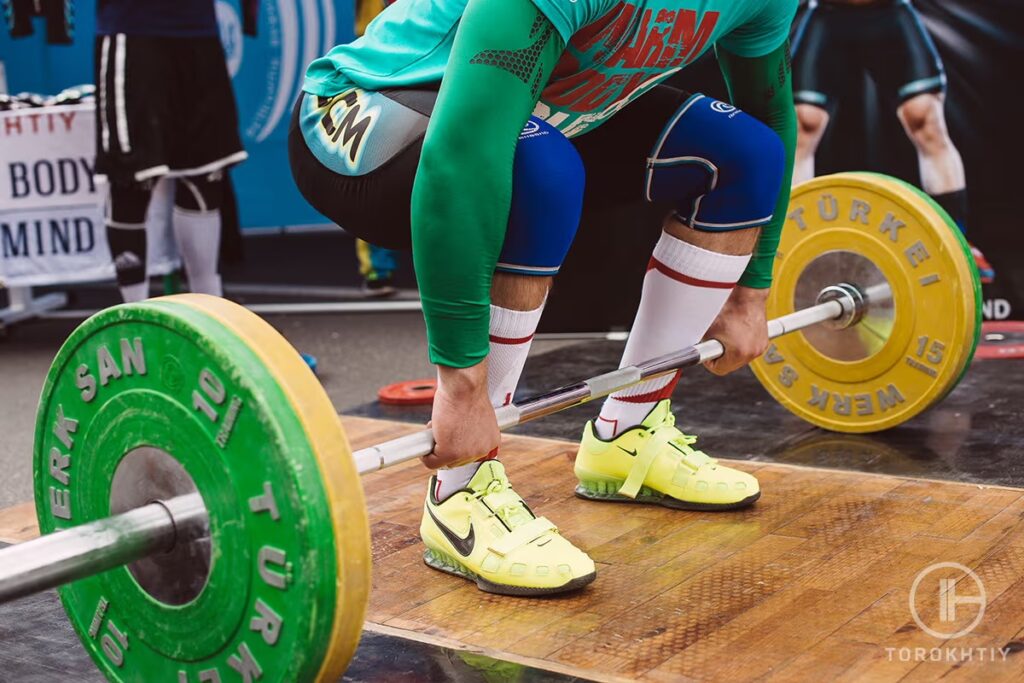
Don’t stay in the warm-up hall later than 30 minutes before the start of the competition. Before the start of the competition you need to go to the competition platform, scope it out, see what it can offer you. Find a neutral point at the end of the room where your eyes will be able to focus during the performance. This will help in your concentration and output.
10 minutes before the start of the presentation of athletes, you must perform a general warm-up without a bar, since the body needs time to rev up to top working condition.
There are many opinions about how to warm up properly at competitions and I don’t pretend that my way of doing things is the only right one. Either way, let me tell you how I see it.
The warm-up in SNATCH and in CLEAN&JERK differs, both in the number of attempts and in duration. SNATCH is the first exercise, so it is necessary to make more attempts both with the bar and with the working weight, up to 60%. In SNATCH it is important to fully warm up with the bar, to work out the full movement and to warm up well in the overhead squat. Again, there are many points of view on how to warm up, but in all of them the purpose is to warm up the body, and all of your emotions need to be put out on a competition platform.
Therefore, I believe that it is not rational to invest physically and emotionally in using a small weight. Use up to 60% this can be done in triple reps for several sets with minimal effort. After 60 % and up to to 80% lift for 2 repetitions, and then only singles. Each athlete with his trainers determines what will be the last warm-up weight for themselves – 10 kg less or 2-3 kg less, or something else. My opinion is that the last set should be done 3-5 minutes before going to the platform to give yourself time to recover, but not cool down.
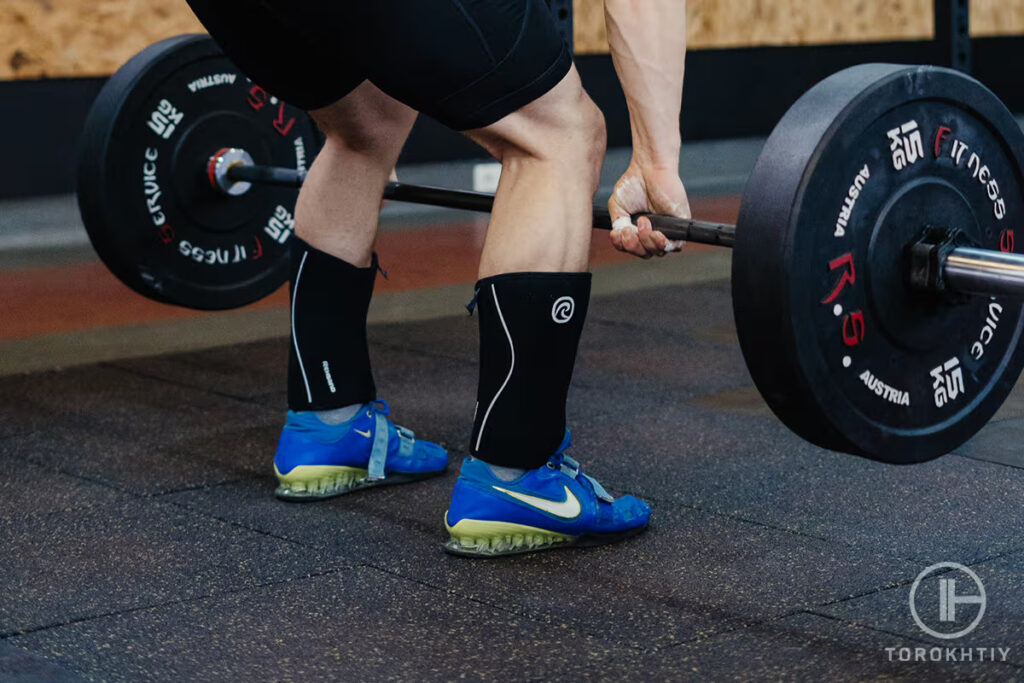
Regardless of whether the SNATCH performance was successful or not, it should be remembered that there is still CLEAN&JERK, so after the SNATCH performance you need to completely disconnect from everything and everyone and lie down to rest.
The warm-up in the CLEAN & JERK is slightly different due to the fact that the athlete has already performed SNATCH, so another thorough, general warm-up is not required. Also, a “step” in CLEAN&JERK can be as much as 10 kg, and in athletes of heavy weight categories – 15-20 kg.
Also, I want to remind you that in addition to the specifics of competition struggle, it is often enough for athletes to wait for their exit on the platform for 10-15 minutes, and sometimes to go through all three attempts in a row. Meaning, these situations need to be modeled in the training process. The athlete should be ready for everything.
Since my childhood, when I was just starting to compete, my coach told me the following rules:
1st attempt – for the team. The initial weight should be between 87-95% of the maximum so that the athlete can start the performance in a comfortable psychological state and provide a “team offset”.
2nd attempt – for yourself: this is usually your best, or slightly less than 97-100%.
3rd attempt – PR: competition is the place where you need to set records – personal, national and world.
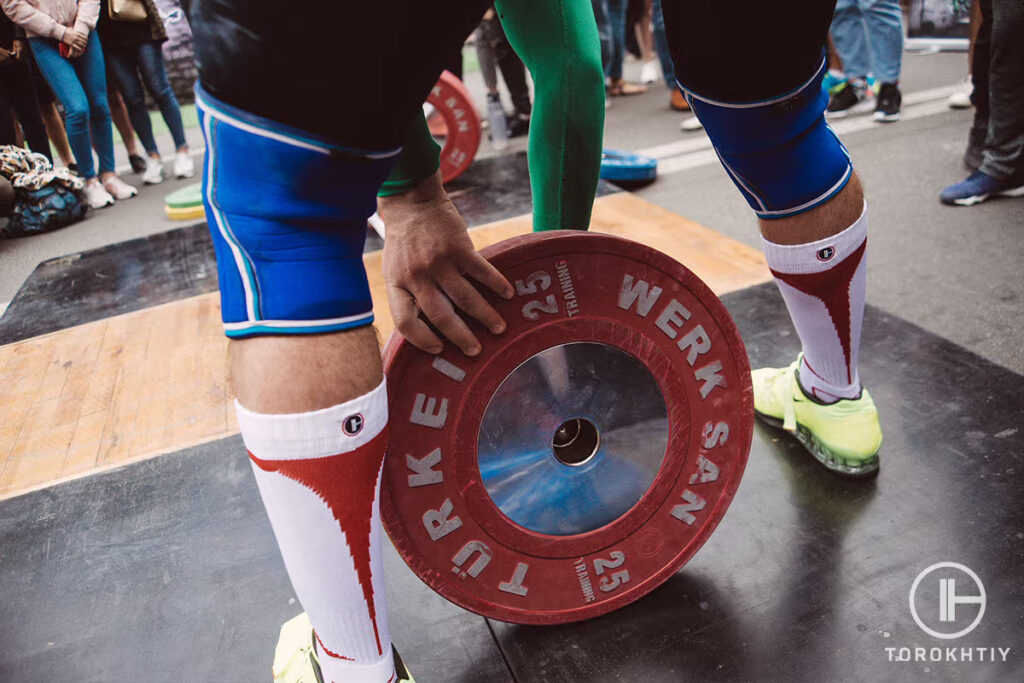
You need to learn how to compete and this skill comes with experience and, in particular, with failures. But a good performance is 4-5 successful attempts, 6 – ideal and that’s what we strive for.
Once again, speaking of unsuccessful attempts, I note for myself how many attempts athletes lose because of trivialities and careless attitudes towards doing exercises at the training sessions. At my seminars, I often say that weightlifting is a sport of habits, and it is important to follow these habits consistently and steadily. Like no one else, I know how heavy is the barbell on the platform, but sitting in the full squat overhead position in SNATCH or standing in a split position for as long as it takes to save an attempts is one of the little things that athletes and their coaches often forget. These are the little things that get us the medal.
In conclusion, I want to share my last observation of competition. In analyzing the unsuccessful attempts of other athletes of different sexes and different countries, one detail becomes clear: athletes don’t usually fail because the bar was too heavy for them. They fail due to technical mistakes.
The most common mistakes in SNATCH and CLEAN:
- leaning shoulders back in the pull, or swinging shoulders back in the power position. The rule is “stay over the bar”;
- not having a complete extension in the power position (I believe that this mistake does not occur due to lack of strength, but because the athlete is not accustomed to working out the amplitude of movement of a heavy weight to the end);
- getting on their toes too early (before the start of power position);
- inability to balance and stay in the low squat position;
- clamped arms;
- press out.
🔻12-Week Olympic Weightlifting Program by Oleksiy Torokhtiy
Transform your strength and technique with our 12-week Olympic Lifting Program, made up of 5 sessions per week.
It is designed by Olympic Champion for athletes who are looking to set new personal records safely in Snatch or Clean & Jerk.
Program details:
- 12 weeks + 2 bonus weeks
- 45-120 minutes per session
- 50+ specific exercises/98 video instructions
- Primary focus on Olympics Lifts
- Full access to all training content
- Weekly video coach instructions
Start now and boost your weightlifting results!
The most common mistakes in SPLIT and POWER JERK:
- short DIP;
- hurried DIP;
- knees go too far forward or shoulders go too far backward;
- short drive or drive forward;
- tight arms;
- inability to balance and keep the split position.
Of all the points listed above, there can be only one conclusion: yes strength and power in weightlifting are very important, but without the proper level of technical training these skills are absolutely useless.
Let’s remember that the sport of weightlifting is 2 competitive exercises – SNATCH and CLEAN&JERK. The whole training process should be aimed at creating a very individual form of movement where the goal is that strength and power will be used harmoniously in the competition, resulting in medals and records!
Train together – train right
You might be interested in:
Why Trust Us?
With over 20 years in Olympic Weightlifting, our team does its best to provide the audience with ultimate support and meet the needs and requirements of advanced athletes and professional lifters, as well as people who strive to open new opportunities and develop their physical capabilities with us.
By trusting the recommendations of our certified experts in coaching, nutrition, dietology, and sports training programming, as well as scientific consultants, and physiotherapists, we provide you with thorough, well-considered, and scientifically proven content. All the information given in the articles concerning workout programming, separate exercises, and athletic performance, in general, is based on verified data. We ensure that you can rely on our professionals’ pieces of advice and recommendations that can be treated as personalized ones which will benefit you and fully meet your needs.
The product testing process is described in more detail here
Author: Sergii Putsov
Head of Sport Science, PhD
Best Results: Snatch – 165 kg,
C&J – 200 kg
Sergii Putsov, Ph.D., is a former professional weightlifter and National team member, achieving multiple medals in the 94 kg weight category at national competitions. With a Master’s degree in “Olympic & Professional Sport Training” and a Sport Science Ph.D. from the International Olympic Academy, Greece, Sergii now leads as the Head of Sport Science. He specializes in designing training programs, writing insightful blog articles, providing live commentary at international weightlifting events, and conducting educational seminars worldwide alongside Olympic weightlifting expert Oleksiy Torokhtiy.

